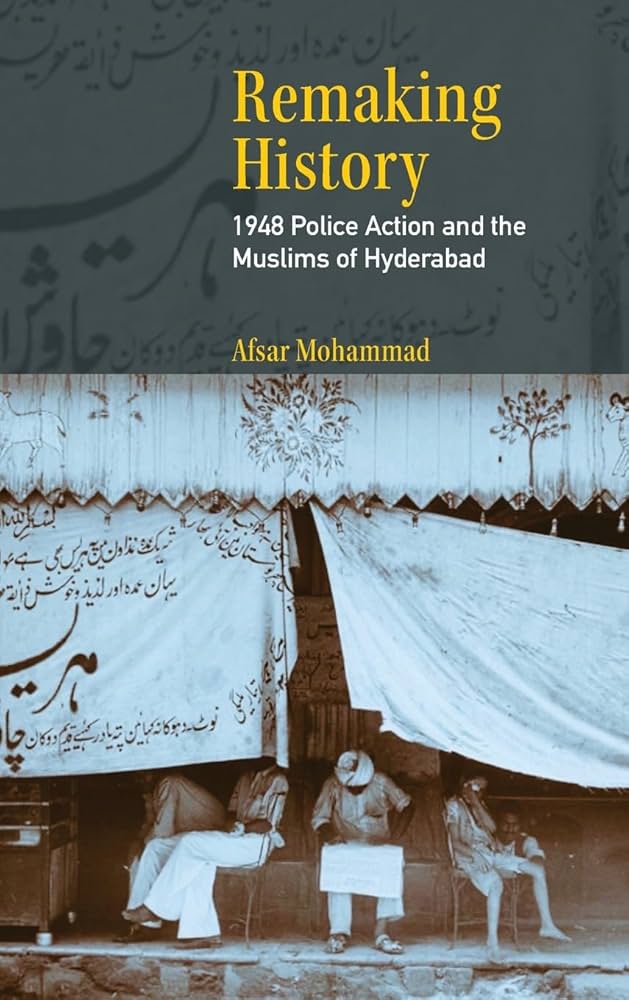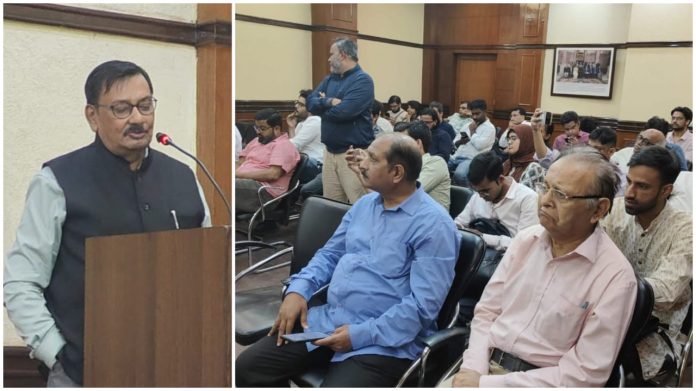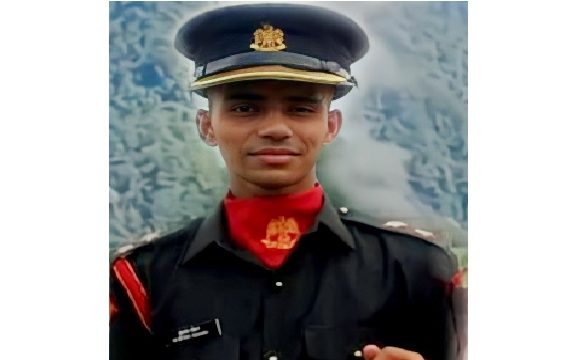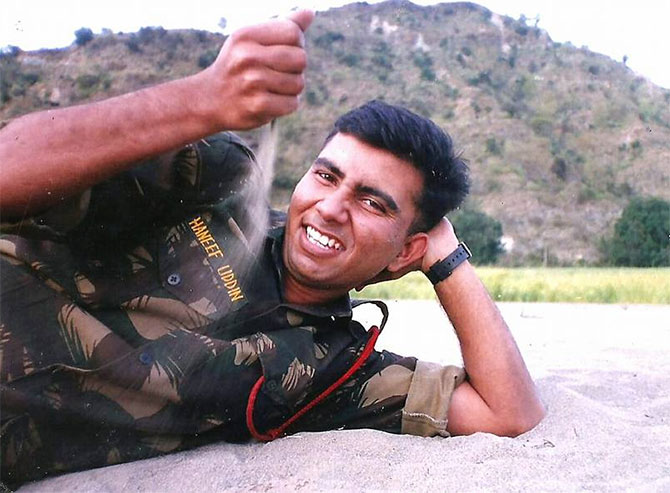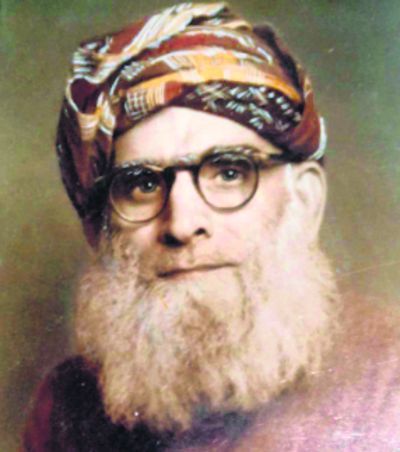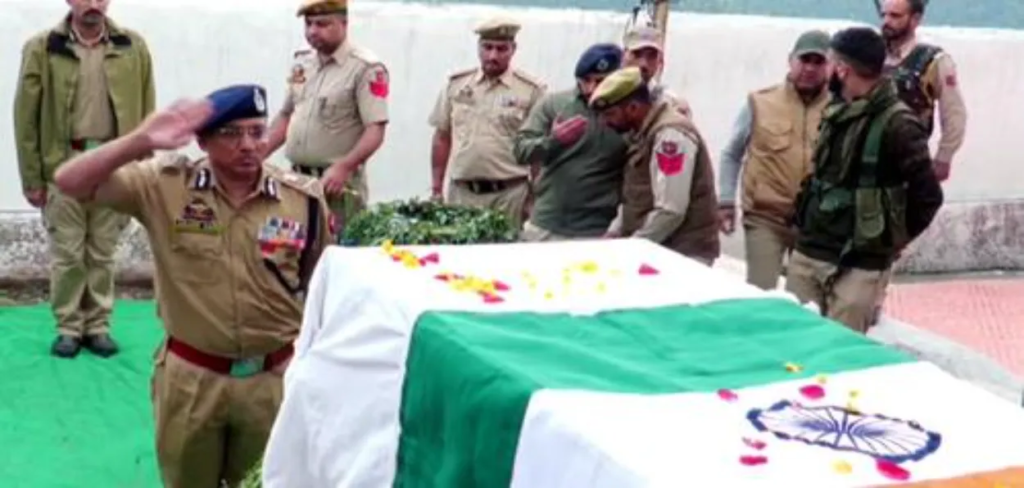Moh-Kazi Sarai (Hardoi), UTTAR PRADESH :

The last conversation between Kargil hero Naik Abid Khan and his wife Firdaus Begum was a poignant one.
“It was the morning of June 30, 1999, when my telephone rang .
I received the call, and on the other side, my husband Naik Abid Khan said, ‘Apna aur bachchon ka dhyan rakhna, mera wapas aana mushkil hai. Maine poochha aisa kyu bol rahe hain to wo bole mushkil hai aur duaa karna mere liye aur meri battalion ke liye’ (Take care of yourself and the children, it is difficult for me to come back.
When I asked why are you saying this, he replied it would be difficult to return and asked me to pray for his battalion).”
On July 5, 1999, two soldiers arrived at Firdaus Begum’s house and spoke to her father and father-in-law. Her father informed her that Abid’s leg was fractured, but she intuited that had it been merely a fracture, the army soldiers would not have come to inform them personally. Her worst fears came true when she was informed that her husband had been killed in action.
Sena Medal awardee Naik Abid Khan, a native of Moh-Kazi Sarai in Hardoi, was born on May 6, 1972.
After completing his early education, he joined the army on Aug 4, 988, at the tender age of 17. He was inducted into the 22 Grenadiers Battalion of the illustrious Grenadiers Regiment.
“Three months before Operation Vijay, he had come home on leave for 8-10 days during Bakrid. When he was leaving, he asked me to accompany him to the railway station to see him off, but I refused saying that I always feel very sad when he leaves and that I would have to return home from the station alone. I regret I didn’t go to see him off.”
“I was pregnant and had the responsibility of two daughters and a son. At that time, my elder daughter was seven, my son was five, and the youngest daughter was just two. Abid’s posting was in Hyderabad, but he was sent to Kargil. Twenty- five years have passed, but his uniform and one of his diaries still provides me the strength to live. On the last page of his diary, there are names of the soldiers from his battalion and all of them were killed in action,” she said.
During Kargil War, Abid was first shot in the leg, but he climbed the hill and fired indiscriminately at Pakistani bunkers, killing 17 enemy soldiers before succumbing to a second bullet that struck his neck.
In June-July 1999, Naik Abid’s unit was deployed in Batalik sector of Ladakh as part of Operation Vijay. The unit was functioning under the command of the 70 Infantry Brigade, with overall control being exercised by the 3 Infantry Division. The attack began on the night of June 30. Abid and his comrades led by Major Ajit Singh Shekhawat, managed to reach the objective but were counter-attacked by the enemy.
Heavily outnumbered, the Grenadiers fought continuously for three nights, inching forward, unmindful of the losses. The Pakistanis became impatient over Naik Abid Khan and his comrades’ resilience and asked their artillery to redouble the barrage. The fighting continued at an elevation of thousands of feet, amidst heavily fortified bunkers equipped with artillery and automatic weapons. The battle of Khalubar culminated in its capture.
source: http://www.timesofindia.indiatimes.com / The Times of India / Home> News> India News / by Fazal Khan, TNN / July 31st, 2024
